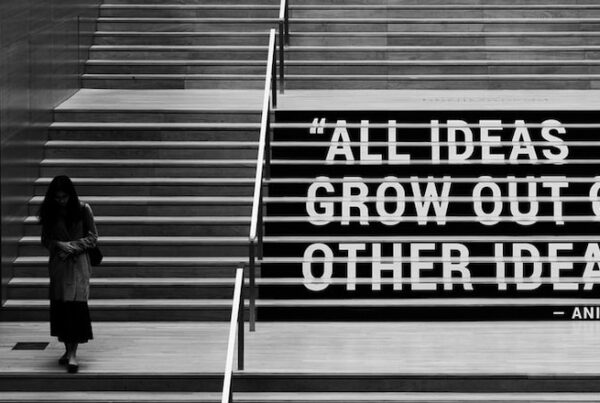
Most people who aren’t familiar with innovation assume that the hardest thing about new product or service development is coming up with new ideas. But the truth is, it’s never been easier to source ideas from customers, through social media, crowdsourcing, and other tools.
What we find more often is that businesses are drowning in ideas. That is, they have too many ideas and not enough resources to pursue them all. The more ideas, the harder it becomes to narrow which ideas are worth moving forward with, and many businesses lack a framework by which to prioritize ideas. In short, companies are good at creating ideas, but not necessarily good at recognizing valuable ones.
That said, there are several strategies that companies can use to evaluate ideas, so you don’t have to feel lost at sea. Historically, the most widely used is feasibility vs. market potential. This looks at how feasible it would be for the business to offer the product or service compared to the strength of the market need for the product or service. For example, ideas scoring high on both feasibility and market potential should be advanced. If a product has high feasibility but low market potential, don’t bother.
A recent article by the Harvard Business Review considers a different framework, cost vs. relative benefits, which they equate to efficiency. “Efficiency: how well each assessed unit converts the resources it uses (inputs) into outcomes (outputs).” Sometimes, a product’s value doesn’t always equate to sales, but there can still be value in the form of customer brand loyalty or satisfaction.
There are many ways to calculate the cost or feasibility of implementing a new product or service – usually companies are good at making these estimates. But evaluating the market potential or relative benefits can be more challenging, and it’s often helpful to bring in an objective third party to help evaluate this to avoid internal biases from getting in the way of good ideas.
When we look at market potential, we’re listening for two things:
- Can the target articulate the benefit of the product/service? If customers can clearly see how the product would benefit them, they’re more likely to try it. If they’re struggling to do so, it may mean that the benefit is weak or lacking.
- How excited are they about it? Not all benefits are created equal. Sometimes customers will call an idea “good” even if they’re on the fence. But when there’s something that they really want, it will show in their voice and enthusiasm. We often call this the “Gotta have it,” and it can help separate ideas with low value for customers from those with higher value.
Evaluating ideas can feel overwhelming, but hopefully these strategies can buoy your innovation pipeline. If you’d like to learn more about prioritizing business ideas, read this article by the Harvard Business Review.



